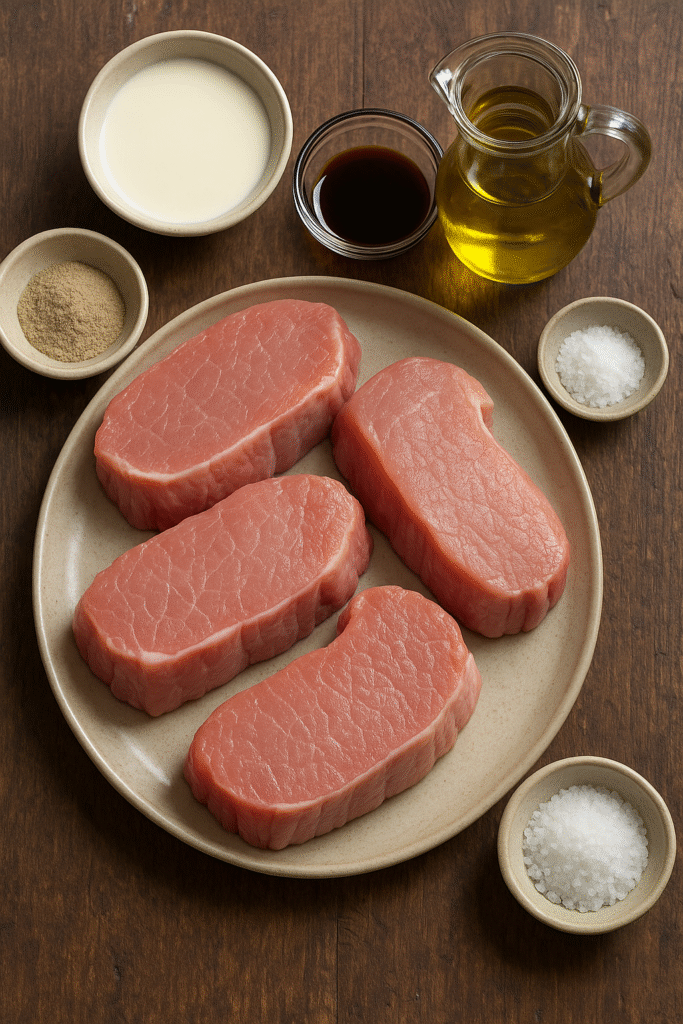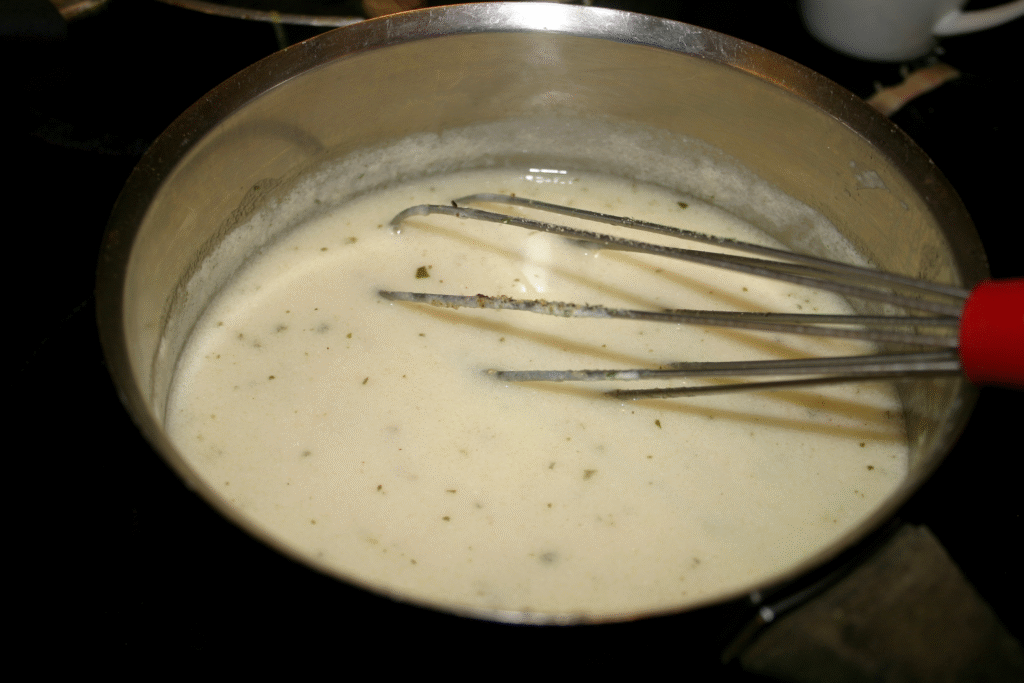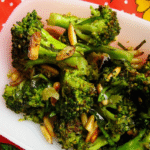
What makes this version “perfect” isn’t just the ingredients—it’s the process. From crushing the peppercorns by hand to deglazing the pan for extra flavor, every step matters. This isn’t just a weeknight meal. It’s an experience.
Here’s everything you need to know to make this peppered pork tenderloin, just the way I do it completed with tips and advices
Ingredients

You don’t need a long list of exotic items, just a few carefully chosen ingredients that each play a role:
- 800g pork loin, sliced into four thick fillets
- 2 tablespoons white pepper
- 1 teaspoon Worcestershire sauce
- 4 tablespoons olive oil
- 1 tablespoon dry white wine
- 3 tablespoons heavy cream
- Salt, to taste
Optional Sides:
- Roasted baby potatoes
- Crisp green salad
- Steamed green beans with lemon zest
Step-by-Step: Peppered Pork Loin
This recipe shines when you take your time. Give the flavors a chance to meld and don’t rush the searing process.
🔪 Step 1: Crush the Pepper
“Crushing the peppercorns helps release the oils from the pepper and enhances the flavor. But, if you prefer, you can also use ground white pepper.”
Use a mortar and pestle to coarsely crush the white peppercorns. You don’t want powder—you want texture. This is what will create that crust.
🧂 Step 2: Season and Marinate
Season the pork fillets on both sides with the crushed pepper and a touch of salt.
Then drizzle with olive oil and place them in a sealed container.
“Let them rest for 2-3 hours in a container and a cool place, to soak the flavors into the meat.”
This step is vital. The oil helps carry the pepper flavor into the meat, while the rest period allows it to tenderize slightly and infuse.
🔥 Step 3: Sear the Pork
Heat a heavy-bottomed skillet (cast iron preferred) over medium-high heat. No need to add oil—the pork is already coated.
Sear the fillets on both sides until golden brown, about 3-4 minutes per side depending on thickness.
Cook to your preferred doneness:
- 63°C / 145°F (medium)
- 68°C / 155°F (medium-well)
“Keep the fillets warm while you prepare the sauce.”
Transfer them to a plate and tent with foil.
The Sauce: Creamy White Wine & Worcestershire Finish
Time to build flavor with what’s left in the pan.
“Mix Worcestershire sauce, white wine, and heavy cream in a bowl.”
- Pour in the Worcestershire, followed by the wine.
- Scrape up all the browned bits with a wooden spoon—this is your flavor gold.
- Add the cream and stir continuously over low heat.
Let the sauce reduce by half, about 3-5 minutes.
“Add the meat back to the pan and heat everything thoroughly before serving.”
Reintroduce the fillets and coat them in that silky sauce. Let them sit for 1-2 minutes, just enough to absorb flavor and warm through.

Pro Tips for Success (From My Kitchen to Yours)
– Use white pepper instead of black for a subtler but still assertive spice. Black pepper is bolder, but white blends better with the cream sauce.
– Rest your meat after cooking. This helps the juices redistribute.
– Sear without overcrowding. If your pan is small, work in batches. Overcrowding leads to steaming instead of searing.
– Deglaze immediately after removing the pork. This lifts all that flavor off the pan while it’s still hot.
– Reduce the sauce enough to coat the back of a spoon. If it’s too runny, it won’t stick to the meat.
What to Serve With Your Pork Tenderloin
This dish is rich and peppery with a creamy finish—your sides should complement, not compete.
🥔 Roasted Potatoes: Golden and crispy, perfect for mopping up sauce.
🥗 Simple Salad: Something acidic with greens to cut through the richness.
🥖 Rustic Bread: Mop up that creamy sauce—don’t waste a drop.
“You can serve the fillets with roasted potatoes or a salad.”
For wine pairings, go for a dry Riesling, Pinot Grigio, or even a light Pinot Noir. Something crisp and clean to balance the creaminess.
Variations and Swaps
Want to play with the formula? Go ahead. This dish is flexible.
- No white pepper? Use coarse black pepper, but reduce the quantity—it’s more pungent.
- Swap white wine for dry vermouth or even chicken broth if you prefer no alcohol.
- Add a sprig of thyme or crushed garlic during the sauce phase for extra depth.
- Want heat? Toss in a pinch of crushed red pepper flakes to the marinade.

Peppered Pork Tenderloin Oven-baked
Here’s how to adapt the recipe for the oven:
- Preheat your oven to 200°C / 400°F.
- Follow the same steps for seasoning and marinating the pork.
- Heat a skillet over high heat and sear the fillets for 2 minutes per side—just enough to create a crust.
- Transfer the seared fillets to an oven-safe dish or leave them in the ovenproof skillet.
- Roast in the oven for 10–15 minutes, depending on thickness and preferred doneness. Use a meat thermometer for precision—aim for 145°F / 63°C internal temp.
- While the pork is baking, make the sauce in the same pan used for searing. Follow the original steps for adding Worcestershire, wine, and cream.
- Once the pork is out of the oven, let it rest 5 minutes, then spoon the warm sauce on top before serving.
How to Plate Like a Pro
Presentation counts. Here’s how to serve this dish like you’re on a cooking show:
- Place a smear of sauce on the plate first.
- Lay the sliced fillet on top, fanned out slightly.
- Drizzle extra sauce across the top.
- Add a side of golden roasted potatoes and a pile of greens.
- Finish with a sprinkle of fresh parsley or a crack of fresh white pepper.
Simple, elegant, irresistible.
Final Thoughts: Why This Recipe Is a Keeper
This isn’t your average pork dish. It’s not dry. It’s not bland. It’s bold, elegant, and ridiculously satisfying. The crushed pepper gives it fire. The cream sauce smooths it out. And when done right, it leaves your guests asking for seconds.
Most importantly, it’s repeatable. With just a handful of ingredients and simple technique, you can recreate this dish over and over—with consistent, delicious results.
So the next time you’re looking for a main course that feels gourmet but takes less than an hour of hands-on time, this is it.
The peppered pork tenderloin—from my kitchen to yours. Now go impress somebody.







1 thought on “The Perfect Peppered Pork Tenderloin: A Bold, Creamy Classic”